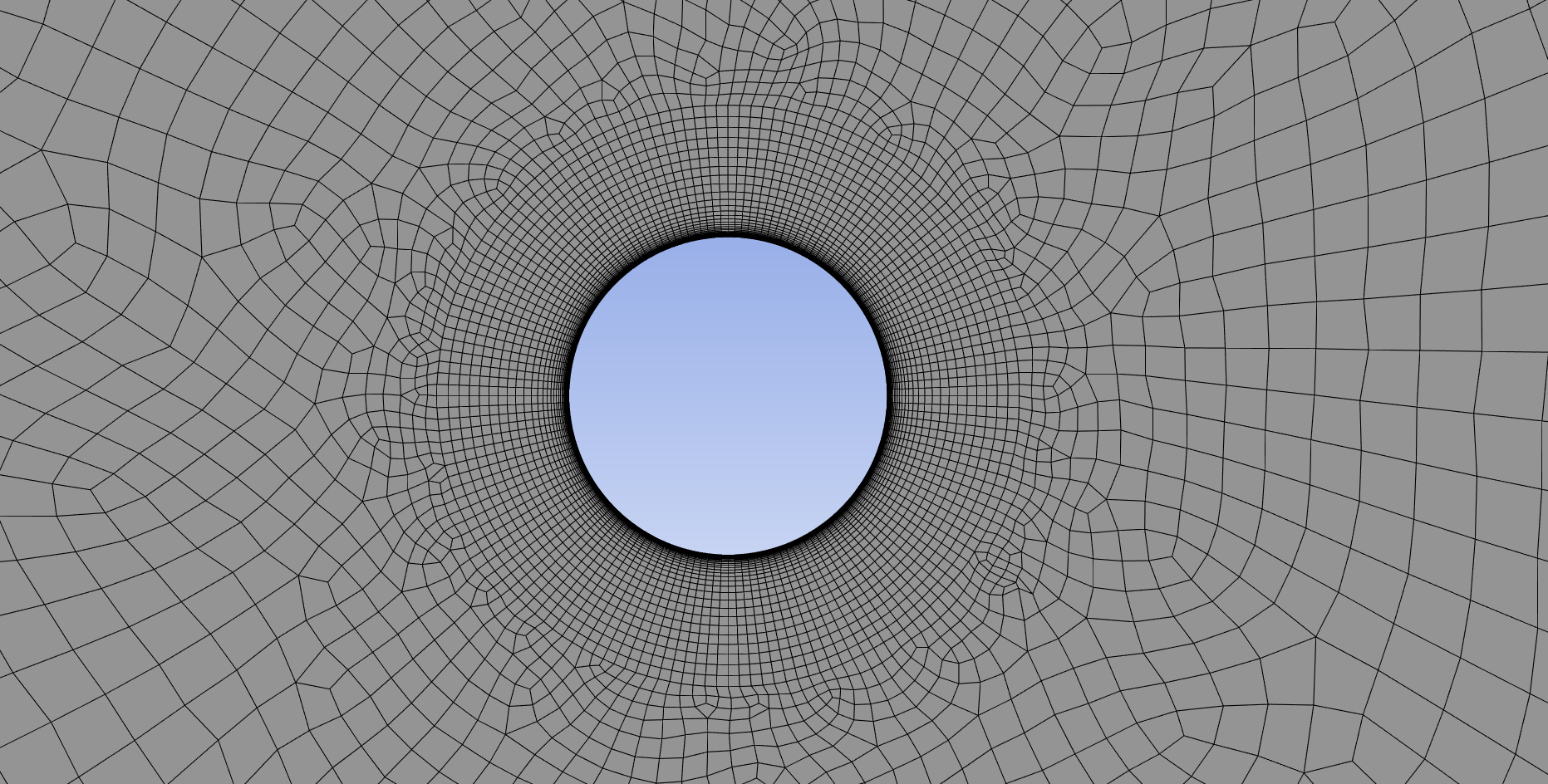What is a Mesh?

Why do we need a mesh for CFD?
The purpose of the mesh is to represent the geometry of the physical domain in question, the mesh divides the domain into smaller, discrete cells where the governing equations are discretised in order to approximate the fluid flow behaviour at each discrete mesh point within the domain, at each point the selected numerical methods are applied to solve the governing equations at that location.
The accuracy of the CFD simulation depends on the quality of the mesh, including the size and shape of the cells or elements. A finer mesh provides a more accurate representation of the fluid flow, but also requires more computational resources to solve the equations. Therefore, an optimal mesh size and shape is selected based on the specific requirements of the problem being studied.
Meshing Methods
There are several different meshing methods used in CFD to generate a mesh of the physical domain of interest. Some of the most common meshing methods are:
- Structured meshing: This method involves dividing the physical domain into a grid of cells with regular shapes such as squares, rectangles, or hexagons. This method is easy to generate and computationally efficient, but it may not be suitable for complex geometries.
- Unstructured meshing: This method involves using cells with irregular shapes such as triangles or tetrahedra. This method is more flexible and can be used for complex geometries, but it may be computationally more expensive.
- Hybrid meshing: This method combines structured and unstructured meshing to create a mesh that is suitable for the particular geometry and flow conditions of interest. This method can be computationally efficient and accurate, but it requires more expertise to generate.
- Adaptive meshing: This method involves dynamically refining or coarsening the mesh in areas of high or low flow gradients to improve the accuracy and efficiency of the simulation. This method can be computationally efficient and accurate, but it requires more computational resources.
- Overset meshing: This method involves overlapping multiple meshes that can move relative to each other to simulate complex motion or deformation of objects within the fluid domain. This method can be computationally expensive and requires more expertise but can provide accurate simulations of complex flows with moving or deforming objects.
The choice of meshing method depends on the specific geometry and flow conditions of the problem, as well as the desired accuracy, computational resources, and expertise available.
In summary, the mesh is an essential component of CFD analysis as it provides a framework for discretising the equations and approximating the fluid flow behavior. The accuracy of the CFD simulation depends on the quality of the mesh and whether it is optimal for the scenario in question.
